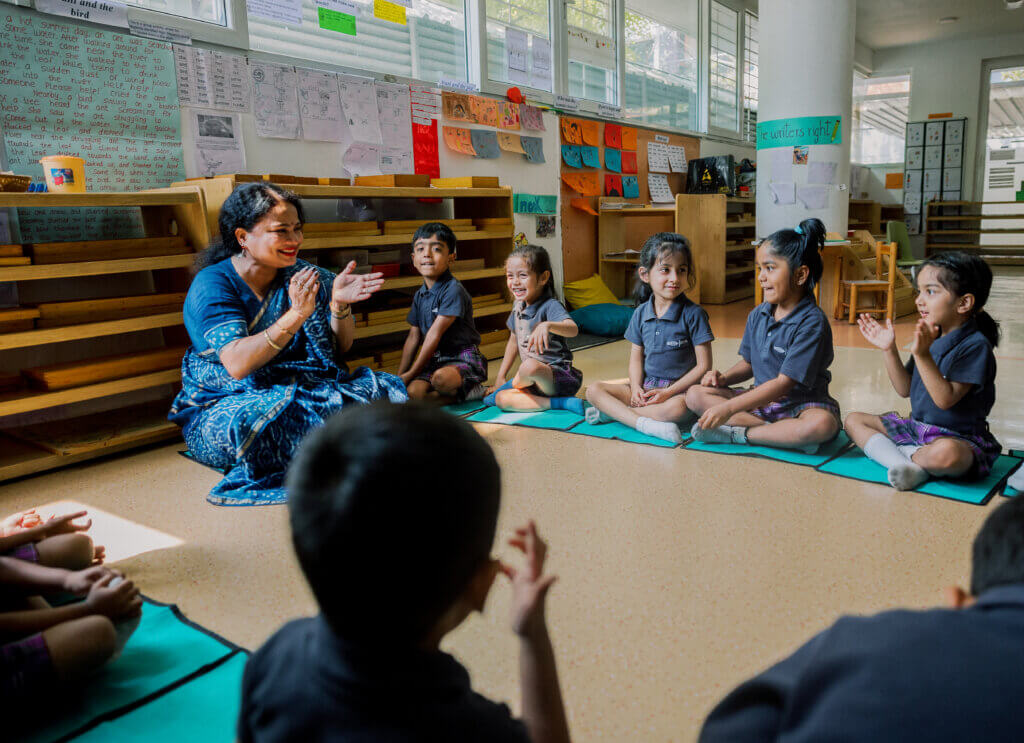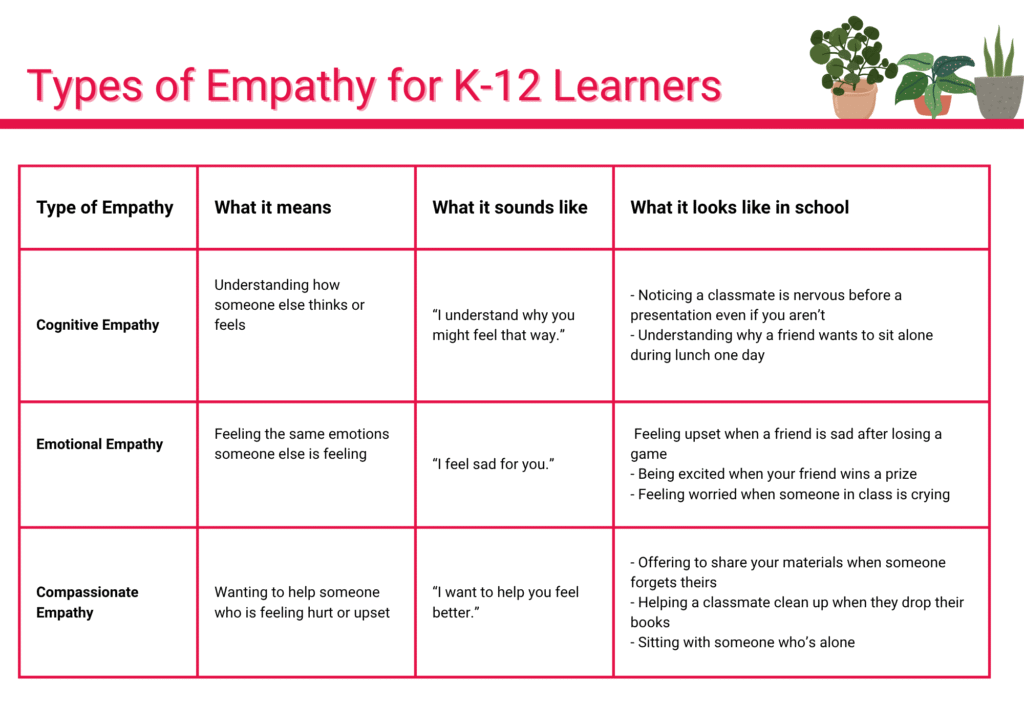Circle Time is a regular classroom practice where students and teachers sit together in a circle to talk, listen, reflect, and build community. With everyone at the same level, there’s no front or back, no leader or follower, but just a shared space of mutual respect. It provides an open forum for emotional check-ins, peer connection, and meaningful discussions around life, learning, and well-being.
Typically used in early years and primary classrooms, Circle Time is being increasingly adapted for use in middle and high school settings as a tool to encourage emotional literacy, empathy, and trust.
Why Circle Time Matters
In schools, emotional needs often go unnoticed under the weight of assessments and academic rigour. Circle Time offers a dedicated moment in the day to pause, connect, and humanise the learning environment. The circle time strategy:
- Encourages students to express emotions in safe ways
- Validates individual voices and diverse experiences
- Builds classroom culture rooted in inclusion and empathy
- Reduces behavioural issues by addressing emotional undercurrents
- Helps teachers understand their students beyond academic performance, paving the way for stronger, more authentic teacher-student relationships.

How Circle Time Supports SEE Learning
Social, Emotional and Ethical Learning (SEE) is the framework through which students develop self-awareness, emotional regulation, empathy, and relationship skills. Circle Time aligns beautifully with SEE Learning goals by:
- Allowing students to identify and articulate their emotions
- Encouraging perspective-taking through shared storytelling
- Creating rituals of respect and active listening
- Supporting conflict resolution through group dialogue
Whether students are discussing a personal success, a classroom conflict, or a story character’s dilemma, Circle Time reinforces key SEE Learning competencies.
Circle Time: A Practice that Promotes Empathy in Education
At the heart of every effective Circle Time session is empathy – the ability to understand and share the feelings of others. It is both the foundation and the outcome of this practice.
According to the American Psychological Association (APA), empathy is “understanding a person from their frame of reference rather than one’s own, or vicariously experiencing that person’s feelings, perceptions, and thoughts.” In classrooms, this translates to recognising a classmate’s struggle, listening without judgment, and offering compassion.
Empathy in education creates emotionally safe classrooms where students feel valued and understood. It enhances peer relationships, reduces conflict, and makes learning more meaningful. Circle Time is one of the few practices that explicitly teaches and models empathy, not through lectures but through shared experience.
Types of Empathy Cultivated in Circle Time
During Circle Time, students encounter different forms of empathy:
- Cognitive Empathy – Understanding what someone else is thinking.
- Emotional (Affective) Empathy – Feeling what someone else feels.
- Compassionate Empathy – Taking action to help or comfort others.
All three types come alive when a student shares a story, others respond with care, and the class reflects together.
Here is a representation of how researchers categorise the three types and how those can show up in our everyday interactions with others.

Ready to bring Empathy to Life in Your Classroom?
For educators seeking to create emotionally safe, inclusive learning environments, Circle Time offers a structured approach to fostering trust, empathy, and open dialogue in the classroom.
To support implementation, we have developed a comprehensive resource.
This guide includes:
- Grade-wise discussion prompts appropriate for diverse age groups
- Emotional check-in strategies to support student self-awareness
- Structured activities that promote perspective-taking and empathy
- Practical guidance for facilitation and classroom integration
If you are looking to introduce or deepen Circle Time practices in your school, we invite you to access this free resource by completing the form below.
Further Your Practice with ReThink Education
Empathy and emotional safety are essential foundations for meaningful learning. As educators continue to shape responsive and inclusive classrooms, tools like Circle Time serve as entry points for deeper reflection and community-building.
If you are interested in further exploring approaches that centre empathy, agency, and purposeful pedagogy, we invite you to learn more about the ReThink Education Certification Program. Designed for educators committed to reimagining classroom practice, this program offers structured learning, mentorship, and collaboration across key themes in 21st-century education.

